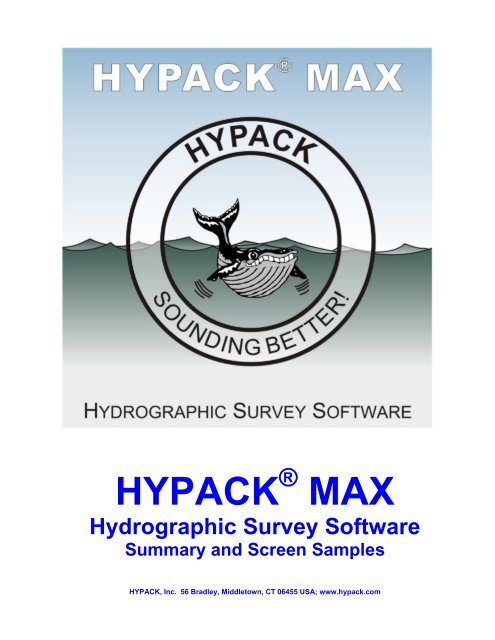

Service We can fix that Support Forum We’re here to help. Here, I have an executable callse cloudmatch with one source file which is linked to GDAL, PDAL and the libfitpack.Used Equipment Good as new. The first step is to declare the Fortran functions. These are used by surfit to compute the approximate z-coordinate at any x/y location. surfit accepts lists of x, y and z coordinates, along with a list of weights and a smoothing parameter, and produces list of knots in x and y, along with a list of b-spline coefficients. To do this, I wrote a program in C++, which links into to Fortran functions provided by Dierkx’ FITPACK library: surfit and surev. Since a smooth surface was the primary need, it was acceptable to produce one, then worry about validating it against field measurements later. The adjusted flight lines would have no real correspondence to the “true” elevation, but the latter would be impossible to recover anyway, given the loss of accuracy during the acquisition. As a result of this process, the z-coordinates of the point cloud would be adjusted, leaving the x/y-coordinates untouched.

The general idea was to compute a smooth surface approximating the average ground height across all flight lines where they overlap, and then to compute a separate surface for each flight line, adjusting its elevation by the difference between the two surfaces.
#Hypack smoothing routine license#
I wanted to use a 2-dimensional cubic smoothing spline in an attempt to resolve the mismatch between LiDAR flight lines, without resorting to a point-based method (or an expensive license for TerraMatch). The accumulation of drift had caused up to 2m of vertical, along-track divergence in the flight lines. I had acquired some LiDAR data that covered an enormous geographic region, with flight lines approaching 45km long, far distant from the nearest GPS base station. In that case, the smoothing factor is recommended to be in the vicinity of. The denominator of the least squares term is a weight for which the FITPACK documentation suggests the reciprocal of the standard deviation. Where, the weight, from, is applied to the first term (the least squares part), and its negation is applied to the second term (the integral part). This is accomplished by minimizing the function, In general, the smoothing spline is an attempt to balance two competing needs: a) to maximize the smoothness of a curve (which, at its limit, would be a straight line or plane) and b) to minimize the sum of squared differences between the approximation and the data. The procedure is fully automated and comprises two parts. editing, and smoothing the obtained raw data set. A model for the extraction and quantitative characterization of submarine landforms from high-resolution digital bathymetry is presented.

The image geo-reference routine is used to.

In particular, I’m interested in something called the smoothing or approximating spline, which can be calculated in one or more dimensions and any degree between 1 and 5. TIN Model Extraction for Dukan Lake Bed Using HYPACK System. I’m going to discuss an implementation of the latter. They can be used easily in their Python and R implementations or linked from C and C++ code. For most of us, the inner workings of these routines are best kept shrouded in mystery, and in any case there’s no sense in reinventing the wheel. Many modern libraries provide smoothing and interpolation routines that are actually interfaces to old Fortran libraries written by de Boor and Dierkx.


 0 kommentar(er)
0 kommentar(er)
